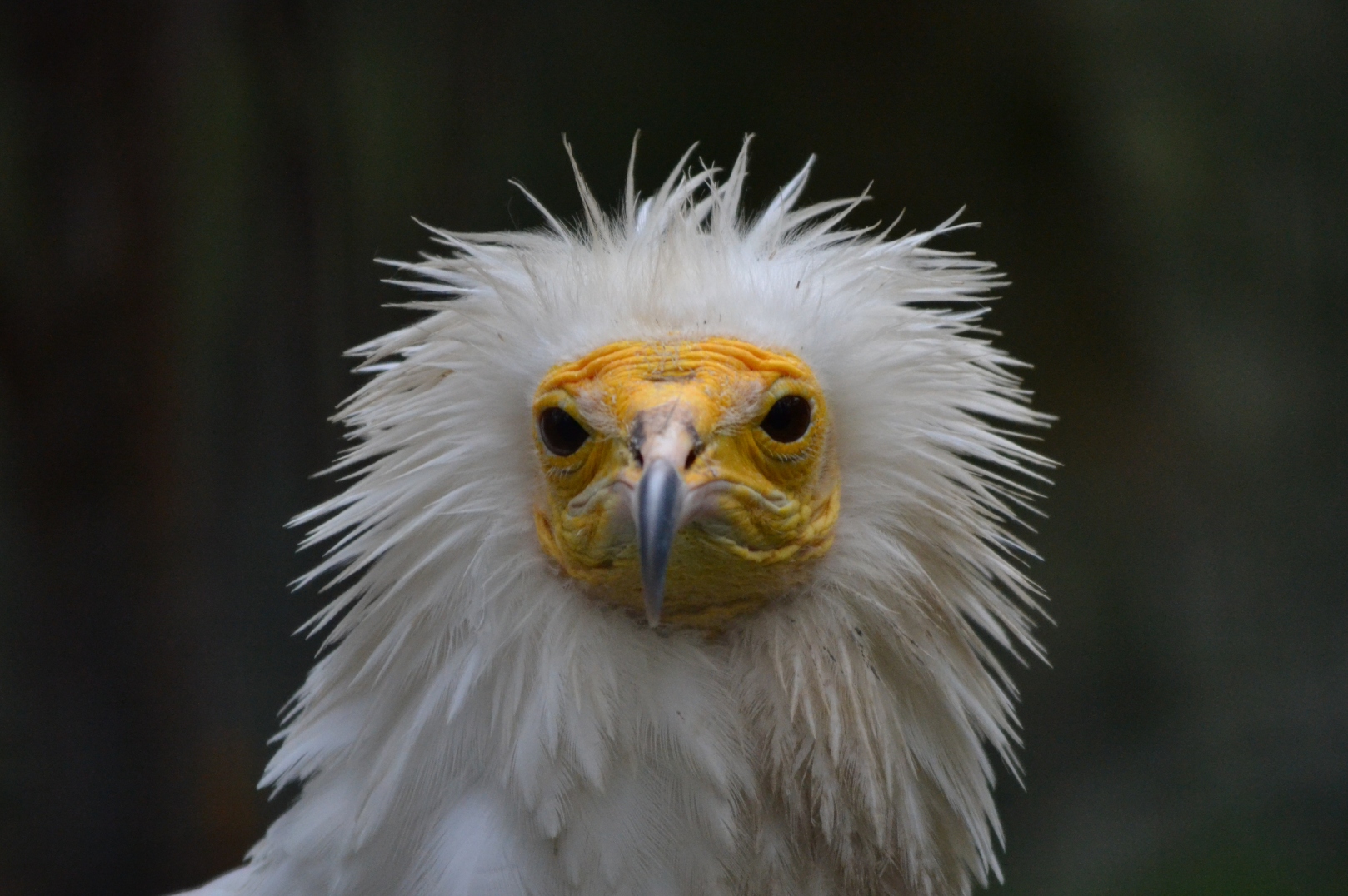About 1,500 of the world’s 11,000 bird species are on the verge of extinction, thanks to human activities like agriculture, logging and hunting, according to a report by BirdLife International.
I decided to dig deeper and look at the status of birds in the context of India. After sifting through factsheets after factsheets, here’s what I found: Close to 90 of the 1,200-odd bird species are on the verge of extinction in the country. Of these, 16 are critically endangered, 21 are endangered and 52 are vulnerable. These include not just birds found only in India (or ‘endemic species’) but also ones that migrate to the country.
An additional 74 are near-threatened – they might soon be assigned one of the three threatened species status. Vultures, bustards, eagles, hornbills, woodpeckers, storks are all in trouble. So are robins, thrushes, buntings, babblers.
The state of a stout, white and brown bird, the great Indian bustard, is especially worrying. “It really is in a bad way,” Tris Allinson of BirdLife told me. “It could well be the planet’s next extinction,” he added. A few hundred individuals of the species remain. Though it was declared critically endangered in 2011, not much has changed in terms of protecting its grassland home. Wildlife sanctuaries have been established but a commitment to protecting India’s wider landscape of grasslands is still awaited. Since bustards tend not to remain within protected area boundaries year-round, grasslands outside sanctuaries need to be urgently protected by law.
Things have also become worse for other birds in India – several have been moved to higher threat levels. The endemic Narcondam hornbill (Rhyticeros narcondamii) was vulnerable by 2008 and was uplisted to endangered in 2009; another endemic species, the Manipur bush-quail (Perdicula manipurensis) went from vulnerable in 2012 to endangered in 2013; and the migratory steppe eagle (Aquila nipalensis) was of least concern until 2013 and was uprated to endangered in 2015.
But there’s one recent downlisting that stands out: the endemic forest owlet (Heteroglaux blewitti) was critically endangered until 2016 and was moved down to the endangered category in 2017.
For more, check out my article published here at The Wire.




